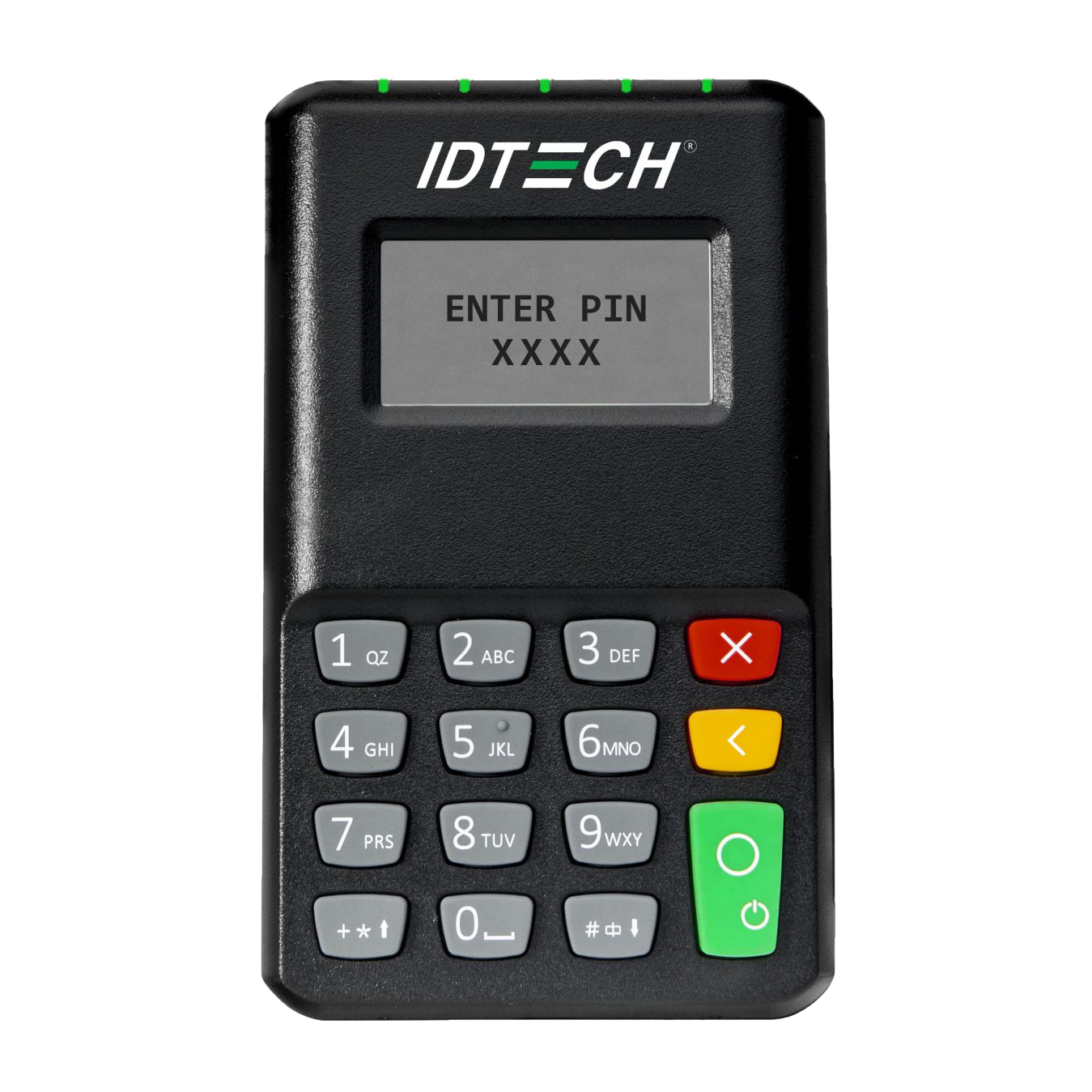VP3600
PCI 5.0 SRED 3in1 チップおよびPIN MPOS(MSR、EMVコンタクトおよびEMVコンタクトレス決済機能付き)
VP3600
VP3600は、磁気ストライプ(MSR)、EMV(ICCチップカード)、EMVコンタクトレス決済(NFC技術による)を可能にするように設計されたコンパクトなモバイルPINパッドおよびカードリーダーです。本機の小型の形状とBluetoothインタフェースは、磁気ストライプやスマートカードの読み取りが必要なモバイルアプリケーションに最適です。VP3600 はモバイルリーダーとして、Android、iOS、Windows のスマートフォンやタブレットに対応する機能を備えています。
製品データシートVisit Knowledge Base


インタフェース
Bluetooth 4.0 BLE, USB – HID
動作温度
0°C to 55°C (32°F to 131°F)
保管温度
-20°C to 70°C (-4°F to 158°F)
本体寸法
4.58 inches (116.3 mm) x 2.76 inches (70 mm) x 0.75 inches (19 mm)
特長
- PCI 5.0 SRED
- EMV L1 / L2
- ID TECH Common L2 Kernel
- TDES / AES / RSA / MK&SK Encryption
- Bluetooth 4.2 Low Energy
- iOS, Android and Windows
どうぞ当社の営業チームにお問い合わせください
「*」は必須フィールドを示します

